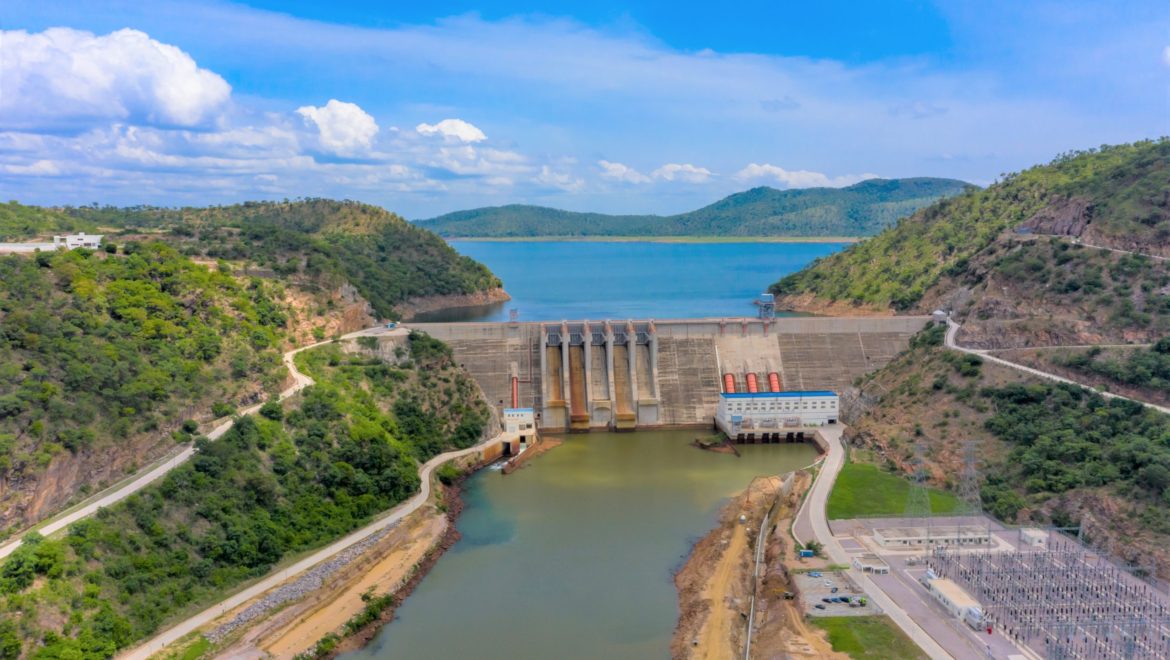The Project was contracted under the Engineering, Procurement and Construction (EPC)/ Turnkey arrangement and was governed by the Conditions of Contract for EPC/Turnkey Projects as published by FIDIC (First Edition, 1999). The EPC Contract Agreement for the Project was signed on April 19, 2007 between the Government of the Republic of Ghana, represented by the Ministry of Energy (the Employer) and Sinohydro Corporation Limited (the EPC Contractor).
The Authority which was established by Act 740 enacted by Parliament of Ghana and given executive approval by the President of Ghana, was mandated to plan, execute and manage the Bui Hydroelectric Project. The ownership and responsibility for the implementation of the Project was then transferred from Ministry of Energy to Bui Power Authority in 2007.
The initial cost of the Project was estimated to be USD622 million. However, due to unforeseen global upheavals and the inclusion of some unanticipated works, there was the need for supplementary funding, which increased the total Project cost to USD790 million.
The main components of the Project included a concrete gravity dam, which had a maximum dam height of about 108m and a crest length of about 492.5m. Incorporated in the Main Dam was a five bay spillway and three intake structures. The Project also included two auxiliary saddle dams made of earth and rock fill materials; a main powerhouse that houses three Francis turbines with a capacity of 133MW each; a mini powerhouse that houses an environmental flow valve and a turbinette of capacity 4MW; a switchyard; 241km transmission lines; a permanent bridge; employer’s staff and resettlement village including other supporting infrastructural amenities.
The Bui Generation Station, since it’s commissioning in 2013, has contributed to increasing the country’s generation capacity and has enhanced the reliability and security of power supply to the northern sector of the country. It has also contributed to the provision of reactive power compensation to the inter-connected grid system in Ghana.

